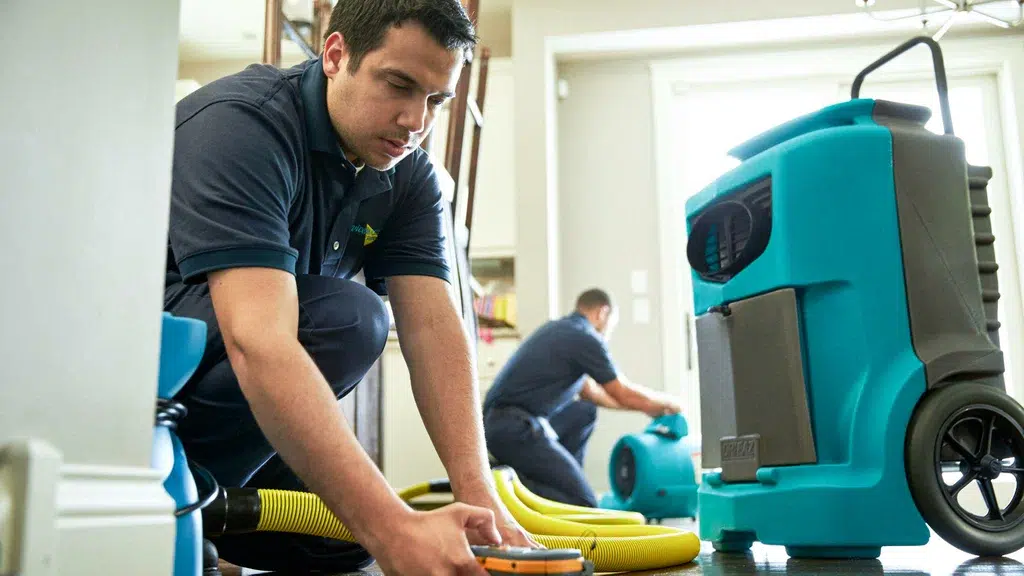Experiencing a fire in your home can be one of the most traumatic events a person can face. After the flames are extinguished, the immediate aftermath can feel overwhelming. Many homeowners may think they have time to assess the damage and start the restoration process later. However, delaying restoration can lead to further complications and costs. Understanding the urgency of fire restoration can save your home and belongings while ensuring the safety of your family.
Understanding the Impact of Fire Damage
When a fire occurs, it doesn’t just damage your belongings and structure through flames; it also creates smoke and soot damage that can be pervasive and long-lasting. The damage caused by fire can be categorized into three main types:
1. Fire Damage
This includes the obvious destruction caused by the flames. Structural elements like walls, ceilings, and floors may be compromised. Furniture, appliances, and personal belongings can also be severely damaged or completely destroyed.
2. Smoke Damage
Even after the fire is put out, smoke can linger in your home, settling on surfaces and seeping into materials. Smoke damage can lead to discoloration of walls, lingering odors, and potential health risks due to toxic particles in the air.
3. Water Damage
In many cases, water damage is also a significant issue following a fire. Firefighters often use large amounts of water to extinguish flames, which can result in flooding, mold growth, and further damage to the structure and belongings.
Why Immediate Restoration is Critical
The aftermath of a fire requires swift action. Here are several reasons why homeowners should not delay restoration:
1. Preventing Further Damage
The longer the damaged areas are left unattended, the more extensive the damage will become. Smoke and soot can continue to penetrate materials, causing them to degrade further. Water damage from firefighting efforts can lead to mold growth within 24-48 hours. Mold not only damages your property but can also pose serious health risks.
2. Health Risks
Smoke and soot can contain hazardous chemicals, and lingering odors can cause respiratory problems. If restoration is delayed, these toxins can accumulate in your living space, creating a dangerous environment for you and your family. Professional restoration services can ensure that your home is thoroughly cleaned and safe to inhabit.
3. Financial Implications
Insurance companies may cover fire damage, but they typically require prompt action to limit further losses. Delaying restoration can lead to increased costs due to additional damage. If the damage worsens, your insurance may not cover the full extent, leaving you to pay out of pocket for repairs.
4. Emotional Impact
Experiencing a fire is incredibly stressful, and the emotional toll can linger long after the flames are extinguished. Taking prompt action for restoration can provide peace of mind, allowing homeowners to begin the healing process and restore normalcy to their lives.
What to Expect During the Restoration Process
When you call a professional restoration service, you can expect a systematic approach to restoring your home. Here’s an overview of the typical steps involved in fire restoration:
1. Assessment of Damage
The first step is a thorough assessment of the property. Restoration professionals will evaluate the extent of fire, smoke, and water damage. This assessment helps determine the most effective restoration plan.
2. Securing the Property
After the assessment, the next step involves securing the property to prevent unauthorized access and further damage. This might include boarding up windows and doors or tarping the roof if necessary.
3. Water Removal and Drying
If water damage is present, professionals will begin water extraction and drying processes. This step is critical to preventing mold growth and further structural damage.
4. Cleaning and Deodorization
Cleaning the affected areas is essential for removing soot, smoke, and odors. Specialized cleaning products and techniques are used to ensure that surfaces are thoroughly cleaned and sanitized.
5. Restoration and Repairs
Finally, the restoration team will begin repairs. This may include rebuilding damaged structures, replacing flooring, and restoring personal belongings. The goal is to return your home to its pre-loss condition.
Tips for Homeowners After a Fire
While waiting for professionals to arrive, homeowners can take some initial steps to minimize damage:
1. Document the Damage
Take photos of the affected areas and any damaged belongings. This documentation will be helpful for insurance claims and assessing the extent of the damage.
2. Avoid Disturbing the Area
Try to avoid walking through or disturbing the damaged areas. This can help preserve evidence for insurance purposes and prevent further damage.
3. Turn Off Utilities
If safe to do so, turn off utilities such as gas and electricity to prevent potential hazards.
4. Contact Your Insurance Provider
Notify your insurance company as soon as possible. They can guide you through the claims process and inform you about what to expect.
Conclusion
The aftermath of a fire can be a daunting experience for any homeowner. However, it’s crucial to act swiftly to mitigate further damage and ensure a safe living environment. Delaying restoration can lead to more extensive damage, health risks, and financial implications. For professional fire restoration services, contact Prestige NW Restoration at (360) 334-3624. Their team is dedicated to helping homeowners recover and restore their properties efficiently and safely.
FAQ
What should I do immediately after a fire?
Immediately after a fire, ensure your safety and that of your family. Once it’s safe, contact professionals for fire restoration, and notify your insurance company.
Can I clean up the damage myself?
While you may be able to manage minor tasks, it’s best to leave fire restoration to professionals. They have the expertise and equipment needed to handle hazardous materials safely.
How long does the restoration process take?
The length of the restoration process can vary based on the extent of the damage. A professional team will provide you with a timeline during the assessment phase.
